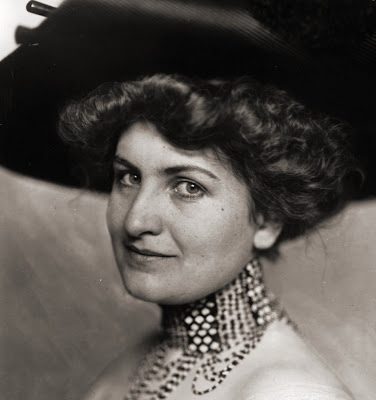Why embracing diverse musical traditions is so important
My essay in the programme book for the Salzburg Summer Festival's celebration of Hindu music and dance contained this little piece of nuanced mischief alluding to a surfeit of Mahler in the mainstream festival:
Indian musician Gita Sarabhai declared "the purpose of music is to sober and quiet the mind, thus making it susceptible to divine influences"; ragas remain devoted to this purpose, whereas Western classical music has increasingly become a way of expressing existential angst.But, in a powerful example of instant karma, since I wrote that a felicitous dusting of bluesy existential angst has been applied to the raga Vasundhara (Mother Earth) on 'Ragas From Dusk Till Dawn', a new release from one of my favourite contemporary Indian musicians. I have had the pleasure seeing Debashish Bhattacharya in concert twice; the first time at Les Orientales Festival at Saint-Florent-le-Viel in France prompted a post back in 2009. Pandit Bhattacharya plays a self-designed adaption of the Hindustani chaturangi slide guitar, an instrument that is a cousin of the Hawaiian slide guitar. On this new disc he adds a subtle contemporary touch to ancient ragas; Vasundhara can be sampled via this link.
'Ragas From Dusk Till Dawn' was high on my iPod playlist during recent travels; which is why I am featuring it here. Mahler and ragas may seem unlikely bedfellows; however, in 1989 the European Youth Orchestra conducted by Zubin Mehta played to an audience of twelve thousand in Calcutta a programnme comprising Ravi Shankar's Second Concerto for sitar & orchestra Raga Mala (Garland of Ragas) and Mahler's First Symphony. While in another meeting of the existential and the esoteric, Britten based the alto flute melody in 'The Prodigal Son' on an Indian raga. Early sketches suggest that Britten also contemplated incorporating Indian influences into his second Church Parable 'The Fiery Furnace'. Which is not surprising: he visited India in both 1955 and 1965, and the 1958 Aldeburgh Festival included a pioneering recital by Ustad Vilayat Khan (sitar), Nikhil Ghosh (tabla) and Ayana Deva Angadi (tamboura) in a programme of ragas coupled with traditional Indian dance by Srimati Rita.
Mixing Eastern and Western music is regarded, quite justifiably, with some scepticism: Zubin Mehta described Ravi Shankar's orchestral Raga Mala as sounding like a "mishmash" to Indian audiences, a viewpoint I echoed in a recent post about Pandit Shankar's embryonic opera Sukanya. But that early Aldeburgh Festival, this year's Salzburg Summer Festival, and Debashish Bhattacharya's 'Ragas From Dusk Till Dawn' have all successfully juxtaposed music from the East and West. My thesis is that these respectful juxtapositions are much more than laudable esoterica: in fact I propose that embracing diverse musical traditions could rejuvenate today's ailing classical music industry. Yesterday Alex Ross took up my theme of how audiences need permission to like different music. Not only do we need to embrace music from the East and West, but we also need to embrace a much wider range of Western classical music. In his post Alex lists just some of the symphonic composers who currently fall outside the embrace of concert hall fashion; masterpieces from Mahler, Sibelius, Bach, Beethoven et al may provide the all-important light, but, if Bax, Hartmann, Pijper et al did not provide compensating shade, there really would be no light.
It is easy to dismiss this advocacy of neglected repertoire as hopeless idealism. But the classical music industry is labouring under the very dangerous misapprehension that the mass market is also a massive market. Norman Lebrecht has repeatedly drawn attention to the very low sales volumes achieved by mass market classical releases, and for once he is right. Classical music's obsession with becoming part of the entertainment industry means it is fixated on best sellers, chart toppers, and blockbusters. Yet there is clear evidence from Nielsen Soundscan sales data that the gap between sales volumes of classical best sellers and the long tail of catalogue titles is narrowing rapidly. This means there is no mass market for classical/art music. But there is a massive diverse market that stretches from Hindustani ragas and Sufi dhikr through baroque and contemporary classical to the more familiar masterworks. Embracing diverse musical traditions is not hopeless idealism: it is sound commercial sense.
No freebies involved in this post. Any copyrighted material on these pages is included as "fair use" for critical analysis only, and will be removed at the request of copyright owner(s). Also on Facebook and Twitter.











Comments